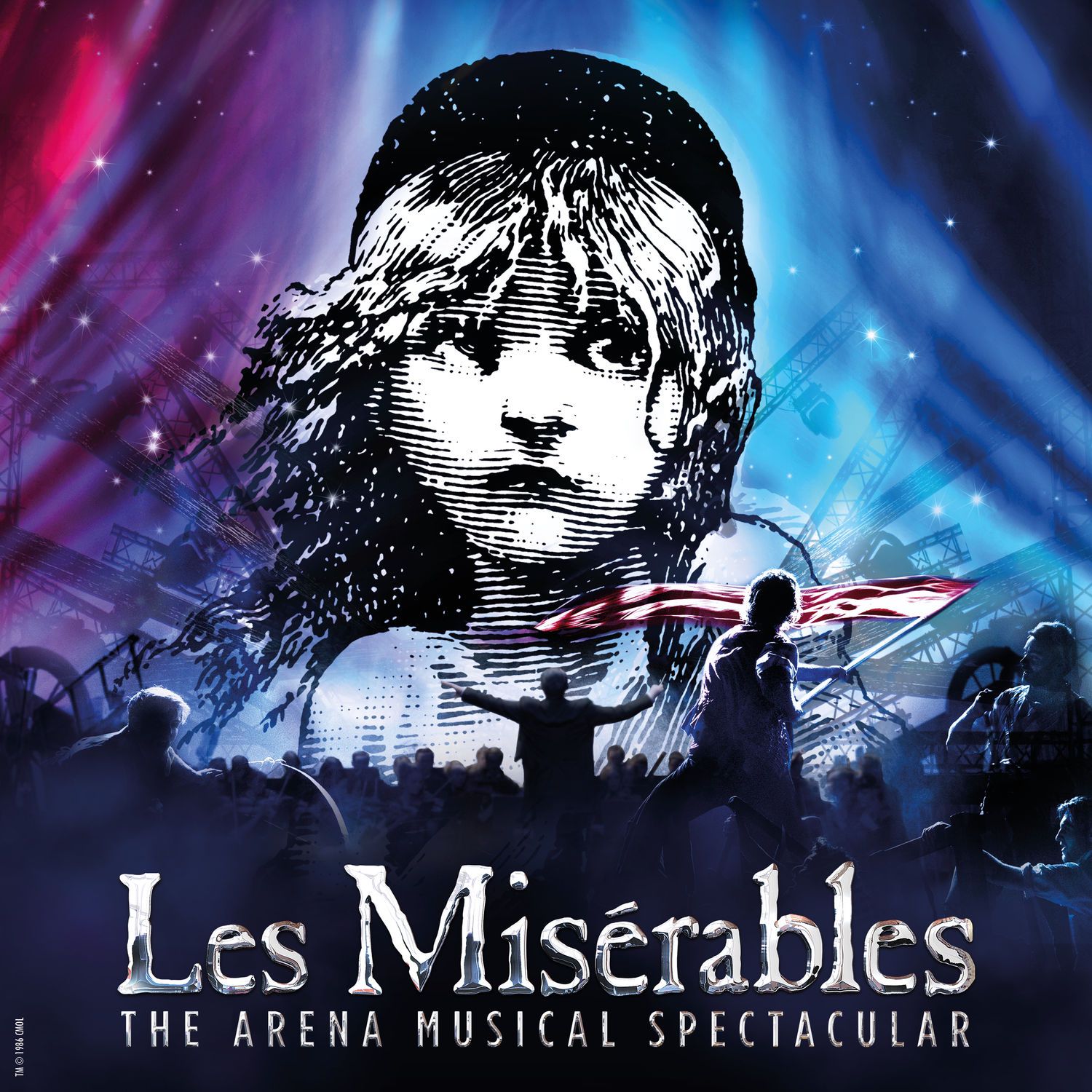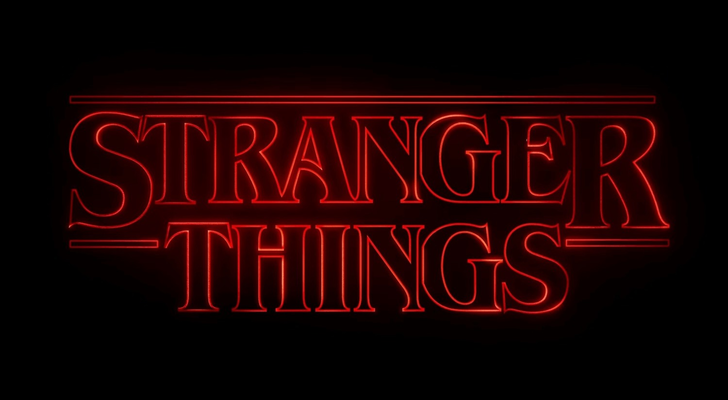Written by Cormac Stephen Synnott, Year 12
Recently, on October 30th, a school-trip was organised to see Les Misérables. Having been on the trip, spoken to others on the trip, and spoken to those who saw it separately, the consensus seems clear; this rendition of Les Misérables is very good. With a superb cast and impressive stage design, it would be an understatement to say that this production merely navigated the potential pitfalls of adapting original material; it thoughtfully addressed every variable involved. The most obvious, and most important, variable in the rendition of a musical is, of course, the music: a key aspect of the performance that was executed flawlessly.
For context, the shows in Geneva were part of a larger world tour, having previously been to Luxembourg and moving to Trieste after the series of shows in Geneva. But what exactly is Les Misérables? I would imagine many are aware, so I will keep this section relatively brief. Based on Victor Hugo’s novel published in 1862 under the same title, Les Misérables takes place in Paris from 1815 to the June Rebellion of 1832. The main character, Jean Valjean, is a prisoner finally released on parole after 19 years in a Bagne. The story follows his journey to redemption as he attempts to leave his criminal past behind and forge himself a more just future. To those who know the story, it is immediately evident that I left a lot of details out. It is also immediately evident that I did this because, due to the story’s length and complexity, it would have been a very long paragraph had I not. The musical follows roughly the same plot as the book, and was first performed in Paris in 1980. The original French-language version was a success, that being said it would be the 1985 English adaptation that would make it the colossal success it is today. To exemplify this success, one need only acknowledge that Les Misérables has been running in London since the aforementioned 1985 debut. It is the second longest ever running show in the West End, second only to The Mousetrap.
As previously mentioned, the shows in Geneva were a part of the Arena Music Spectacular tour, a world tour currently taking place and set to end in late 2025. Visiting “over 15 countries and regions” over its duration, and featuring a stellar cast, it has received very high praise. For the next segment, I will focus solely on the Geneva show (unless specified otherwise) so as to be able to use the perspective of someone who saw it live.
The first portion I find it important to praise is the cast. Jean Valjean, played by Irish actor Killian Donnelly, and Javert, played by Bradley Jaden, were both spectacular performances. Donnelly, who first appeared in a rendition of Les Misérables in 2008, has appeared numerous times and as numerous characters in Les Misérables throughout his career; prior to this tour, he had performed as Valjean, but more often, he played Enjolras. Bradley, an Englishman, had also already appeared in a different rendition of Les Misérables, and, humorously, also played Enjolras. The Enjolras at the Geneva show was played by the young and attractive American James Gish. His being attractive was one factor all those who went to see it could agree on. To quote one theatregoer, “If I could’ve jumped on stage and married him there and then, I would’ve.” Prior to becoming a singer, Gish studied business at the Barrett Honors College of Arizona State University. Emily Bautista, who portrayed Éponine in the Geneva show, had previously played this role in various UK shows. Beatrice Penny-Touré, who played Cosette in the Geneva performance, is also currently performing in The Book of Mormon in the West End. Channah Hewitt, who played Fantine, graduated from the Lucia Marthas Institute for Performing Arts in 2016. She had previously been a backup dancer for Beyoncé. Despite the other actors’ equal talent, I unfortunately do not have the time to discuss them all here. To summarise though, the cast were very good. The staging was also very impressive; featuring an exemplary use of the thrust stage, terrific lighting (particularly in Javert’s soliloquy), and several components of the set that could, along with the light fixture, be moved down to stage level or up, and out of sight. For instance, a bridge of sorts was used that allowed the cast members to walk across it when descended, and be near invisible up in the rafters when moved up, and the lighting rigs, which were descended to form the outline of a building for ‘Master of the House’. The costumes and wardrobe, under the supervision of head wardrobe Miriam Kingsley, were also very well done. They were used to great effect to show changes in character, for instance, the differences in how Jean Valjean was dressed from act to act; going from wearing his prisoner’s attire in the prologue, to various suits and uniforms in the latter segments, with the clothing playing an important role in visually showing the shift in his character.
Finally, the musical’s actual music. According to the original English language 1985 version, Les Misérables features around 31 songs. These range from rousing songs of rebellion, like ‘Red and Black’, sung by Enjolras or Marius, to slow, moving ballads of love and loss, such as ‘I Dreamed a Dream’. There are also rapid, dialogue-driven exchanges between characters to music, like ‘Prologue: Work Song’. I must admit that I adore most songs in Les Misérables, regardless of tempo or subject matter, however I will say that my favourite is probably ‘One Day More’, as it encompasses all three types of song into one, and does it so brilliantly.
The opening segment of One Day More begins with Valjean pondering his future before moving to Cosette and Marius who discuss their newfound love for each other, and finally Éponine, herself lamenting the loss of Marius to Cosette; it nails the slow, emotional aspect in the opening. The song then shifts to the rebels, who are singing about the upcoming revolt, and the hopes and fears that entail. The rebels end their section in a magnificent chorus of “The time is now, The day is here”. We then find Javert alongside the National Guard, preparing to crush the rebellion. His lines, delivered in a condescending and sneering tone, make his certainty of victory clear to the audience. We then hear from the Thenadiers, and their plans to use the upcoming rebellion for personal gain. Their segment, upbeat and jovial, marks a noticeable change in tone from the rest of the song, yet fits in seamlessly. All of the Thenadiers’ songs are upbeat, and so it seems natural for their section here to have that same tone and fuses well into the other segments of the song. The song then returns to the rebels, before we hear about Javert’s plan to infiltrate their ranks. The song progresses as all the characters begin to sing simultaneously, and culminates in a powerful ending chorus, comprising every character. This serves a number of purposes, and achieves them exceptionally well. For one, it offers an efficient summary of every characters’ goals and plans for the coming days. As it is rare for all the characters to have been on stage together, it is also a good summary of all that has happened in general. Secondly, it concludes the first act stunningly, and the final chorus builds anticipation for the rebellion that is about to unfold as the characters begin to establish how they will be involved. Finally, it masterfully fuses all the types of songs featured in the musical, and all the styles one might associate with the different characters. This fusion stands out as a meticulously planned and well-executed song individually, and thankfully doesn’t give the sense of a mere jumble of songs, mashed together with the hopes of sounding good.
Something that I found particularly helpful, that I hadn’t seen done before, was the use of screens to highlight the actors’ singing. There are a number of reasons why I thought this was a great idea. The first, and most obvious, reason is simply to help the audience understand who was singing. To use the example of ‘Prologue: Work Song’, with Valjean and Javert exchanging lines as quickly as they do, it would be easy for someone unfamiliar with the story to have some difficulty tracking what is happening. This issue is solved by the screens: as they show who is singing, we have a much easier time following the action. A second, and perhaps more significant reason is to help with the size and configuration of the venue. The Arena de Genève is a large venue, with a capacity of nine thousand five hundred people, and seats spread out over the large hall, it could be complicated to track what’s happening on stage from far away. Someone at the very back of the Arena, for example, could have a hard time telling what characters are doing during crucial, non-sung moments. When Valjean tears up his yellow ticket of leave, for instance, one may not be entirely able to tell from the very back of the audience what has just happened. In addition to this, when the bishop offers the candlesticks to Valjean, someone sitting some distance away and not being familiar with the story may be left wondering what the exchange that just took place was. Essentially, they are good at highlighting the actions that are not specifically mentioned in song. Finally, the screens were also beneficial for the actors, tying back to the issue of the size and seating. While the actors’ body language and expressions were excellently executed, sitting at the back of the Arena would detract from the experience as it would be hard to appreciate the subtleties in the performarmance. Essentially, through these screens, the actors are able to be more discrete and realistic, not needing to greatly exaggerate their expressions and acts to be seen.
To summarise, I, along with most others I spoke to, agree that it was an amazing performance. It would be unfair to attribute this success to anyone specific, as I think it was more the combination of everything that made it as good as it was. Whilst the staging was brilliant, it would not have been used to its full potential without the performances being as remarkable as they were. The actors’ singing would not have been as good had they not their band backing them. Essentially, it is not one factor that made this tour as successful as it was and continues to be, and there are no factors that can be overlooked in analysing such a triumph.



